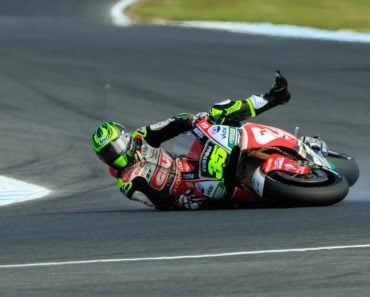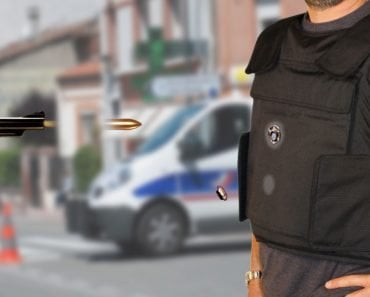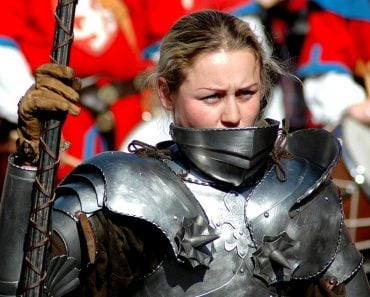Table of Contents (click to expand)
Motorcycling gear is made of special material designed to reduce the impact of forces that are involved in motorcycle accidents.
It’s hard to separate motorcycles from the sense of freedom they bring. After all, there are few experiences as visceral as feeling the wind on your skin as you speed through curvaceous roads lined by trees!
As enjoyable as it is, risks are an inseparable aspect of motorcycling. Fortunately, these risks can be ameliorated by wearing proper gear. Yes, those tight-fitting jackets and helmets that make us look ‘cool’ on the outside, but extremely sweaty inside!
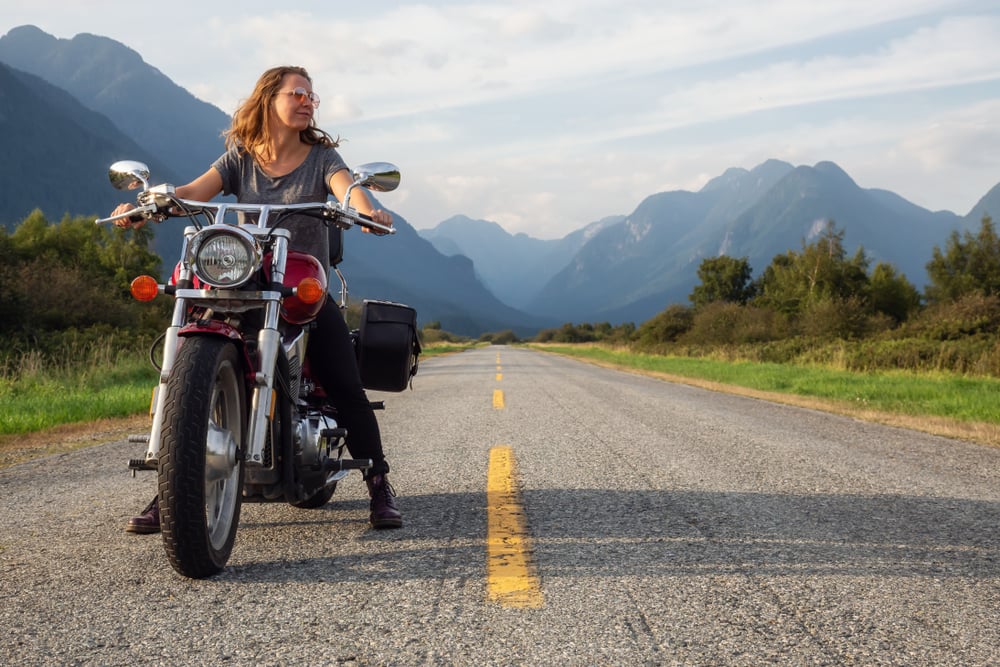
Where’s the freedom in that? What if we don’t even plan to go that fast? Do we still need gear? Does motorcycle gear actually do anything? Time to find out!
Recommended Video for you:
What Is Motorcycling Gear?
Motorcycling gear refers to any equipment that protects riders against motorcycling-related injuries. Like an exoskeleton, the individual pieces of motorcycling gear cover you from head to toe. Thus, a fully kitted out motorcyclist brings riding-specific helmets, jackets, trousers, gloves and boots while riding.
Why Is Motorcycling Gear Important?
Motorcycling gear is important because it reduces the severity of injury in the event of an accident. To do this, it’s designed using special materials that absorb impact, transmitting less force on to the riders themselves.
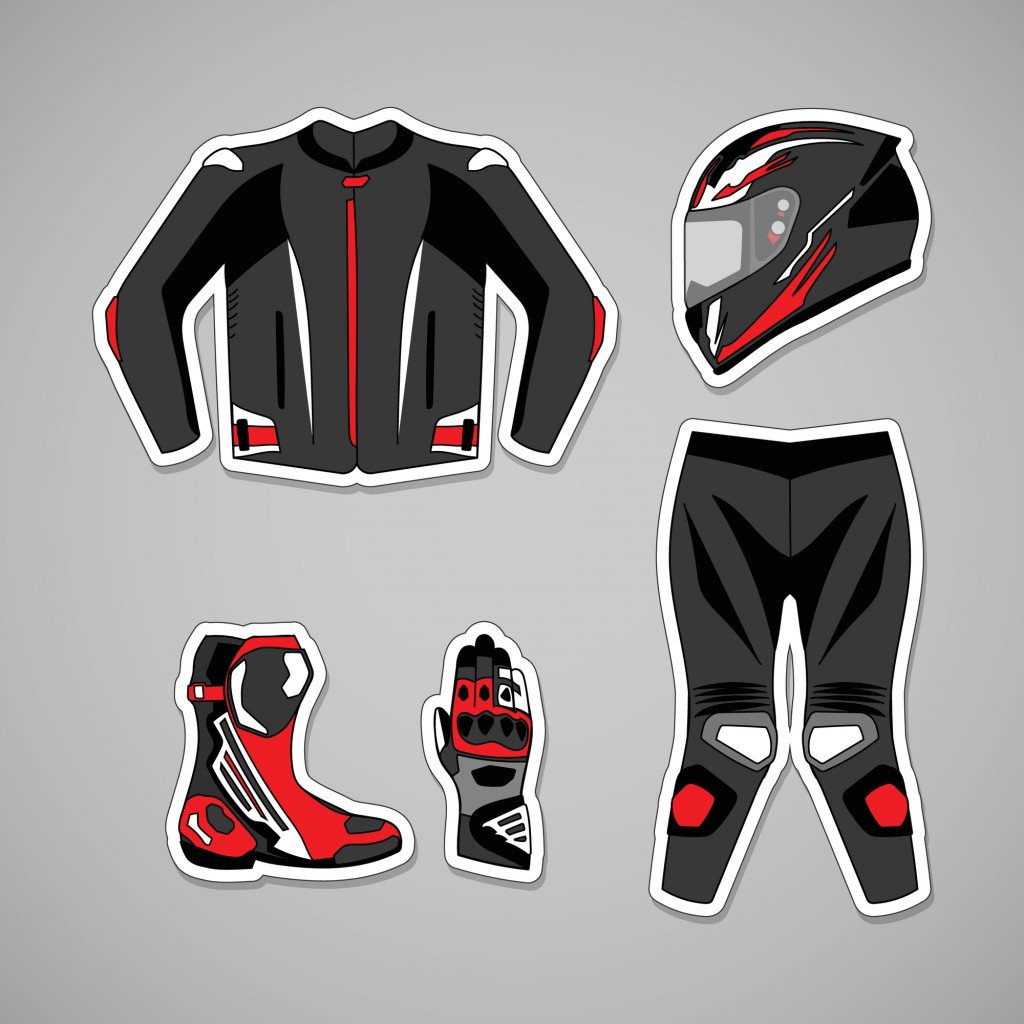
It’s important to note that wearing motorcycling gear is an element of passive safety. It does not reduce the risk of injury. The probability of injury is a function of the rider’s judgement and skill. Thus, motorcycling gear is to motorcycles, what airbags and seat belts are to cars.
How Does Motorcycling Gear Protect Us In An Accident?
A rider generally faces two kinds of forces during an accident—abrasion and impact. Ideally, the safest motorcycling gear would be a hard box, entombing the rider from head to toe, but such a design is obviously impractical.
The solution?
Design trade-offs. Crash simulations and analysis help manufacturers reinforce strategic zones on the body that receive the maximum impact. The result is a comprehensively protecting set of wearables that can be counted on to mitigate damage if you take a spill.
Abrasion Resistance In Motorcycling Gear
Sliding over tarmac is one of the most common injuries a motorcycle rider will sustain. Pavement quickly scrapes through large patches of skin that come in contact with the road. Cuts and bruises are usually a side effect of sliding over irregular tarmac with any small debris. Regardless of how the rider comes in contact with ground, the contact patches are quite large.
Therefore, it is desirable to have abrasion-resistant material for primary construction. Leather has excellent abrasion resistance properties and is widely used in motorcycling gear.
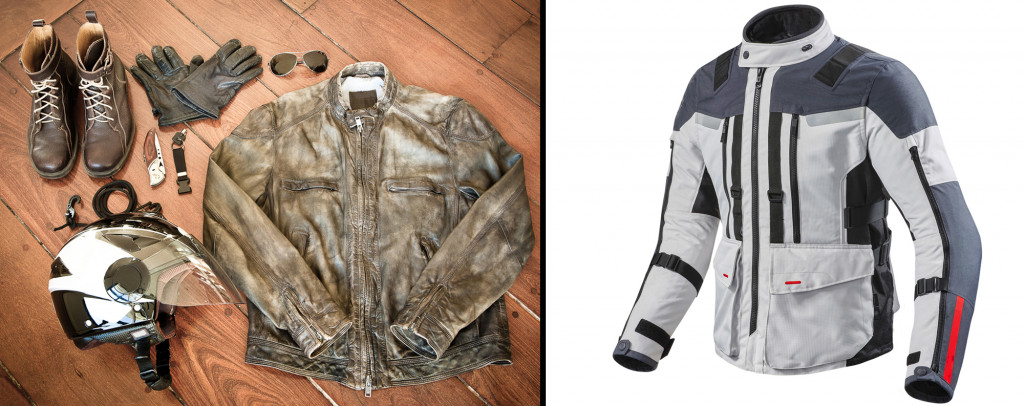
However, the emergence of high denier synthetic textiles that can be customized to suit various needs is slowly gaining acceptance. It triumphs leather in cost, maintenance, ventilation and even abrasion resistance. Most modern motorcycling gear incorporates both textile and leather panels in their design.
Abrasion-resistant material constitutes a large part of the gear, and is used for making motorcycling jackets and trousers. While riding gloves can be made of both materials, riding boots are usually made exclusively from leather, due to its more rugged nature.
Impact Resistance In Motorcycling Gear
Abrasion resistance is only one part of the picture when it comes to motorcycle accidents. Abrasive injuries can take a long time to heal, but they are superficial, meaning that they are quite benign when compared to impact injuries. These injuries are more serious, as they are usually associated with fast-moving objects suddenly coming to a halt. Commonly occurring injuries include concussions, dislocations and even fractures, which can compromise internal organs.
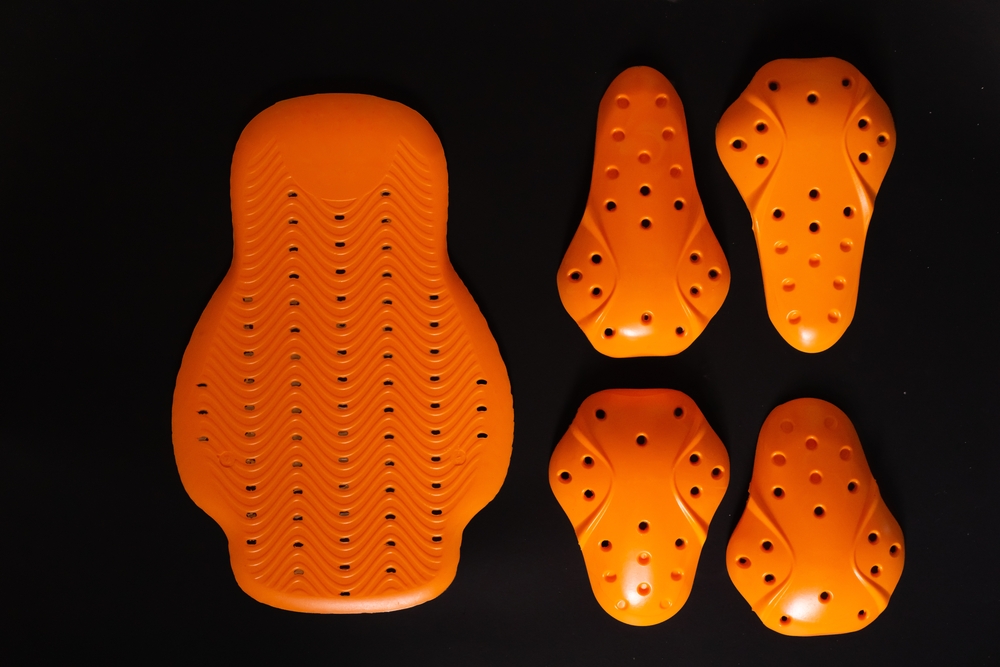
The forces of impact can be reduced by distributing them over a larger surface area. In order to do this, specially designed armor is integrated into the abrasion-resistant skeleton of motorcycling gear. Motorcycling gear can either be manufactured with them, or armored separately.
Made of flexible, synthetic materials like high-density foams and artificial rubbers, the gear is capable of transmitting very little load to the rider’s body. When combined with the abrasion-resistant material, they are also capable of withstanding punctures, further enhancing the rider’s safety. Armour inserts are commonly available for the shoulders, chest, spine, knees and waist.
A Note On Hyper-flexion
Amongst the most underrated and poorly considered injuries include those arising from hyper-flexion. This refers to the movement of a body part in a direction that is not natural to its range of motion. Amongst the most susceptible body parts include smaller bones, likes those of the fingers, knuckles, toes and ankles.

Thus, materials like steel, plastic and Kevlar line boots and gloves for motorcycle riders. This safeguards these bones from being held in unnatural, hyper-flexed positions that would otherwise result in fractures. Full-body leather suits for racing motorcyclists take hyper-flexion into account for bigger bones too.
By nature of their construction, these full-body suits force riders into a forward-leaning, almost fetal crouch position. This prevents their limbs from bending in the wrong direction.
Conclusion
It’s no secret that motorcycle racing is one of the most dangerous sports in the world, owing to the very high speeds and unpredictable conditions. However, if crash statistics are to be believed, riders seem to get away with very few injuries!
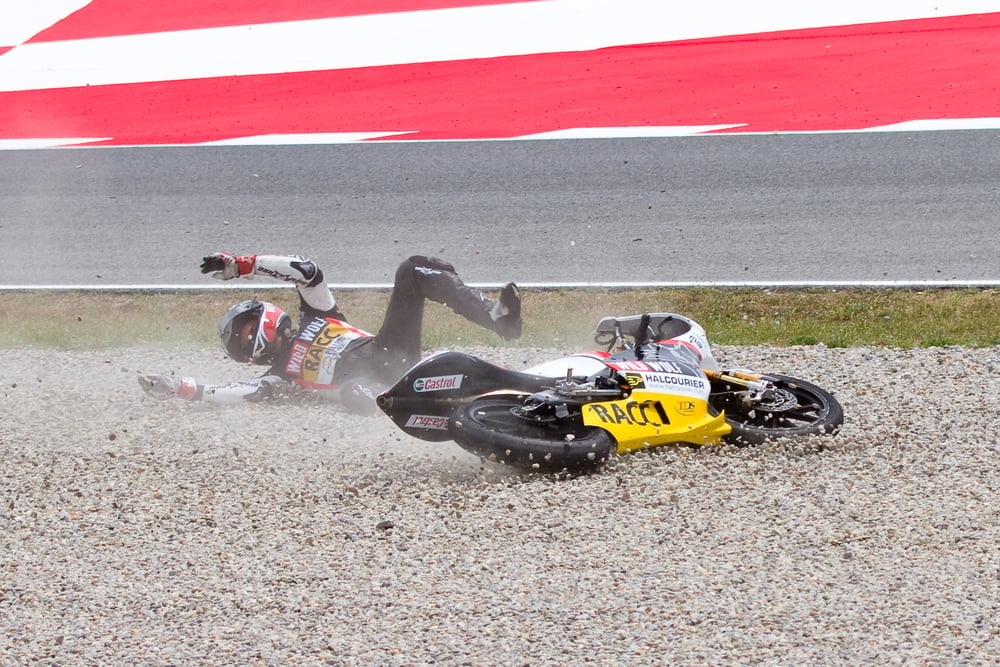
This is where the use of motorcycle gear justifies itself against wearing non-purpose built clothing, like denim, or even no gear at all! It is no overstatement to say that motorcycle gear will pay for itself the very first time you have an accident! At the same time, becoming a more skillful rider is an even better way to ensure your long-term safety!
References (click to expand)
- Campillo-Recio, D., Comas-Aguilar, M., Barrera-Ochoa, S., Caceres-Palou, E., Charte, A., & Mir-Bullo, X. (2021, July). Accidents and injuries in elite MotoGP motorcycle riders. Journal of Clinical Orthopaedics and Trauma. Elsevier BV.
- MotoGP™ 2020 falls report: who crashed the most?. Grand Prix motorcycle racing
- Erdogan, M. O., Sogut, O., Colak, S., Ayhan, H., Afacan, M. A., & Satilmis, D. (2013). Roles of Motorcycle Type and Protective Clothing in Motorcycle Crash Injuries. Emergency Medicine International. Hindawi Limited.
- P FROM —. Motorcycle protective clothing: Protection from injury or just .... The George Institute for Global Health


